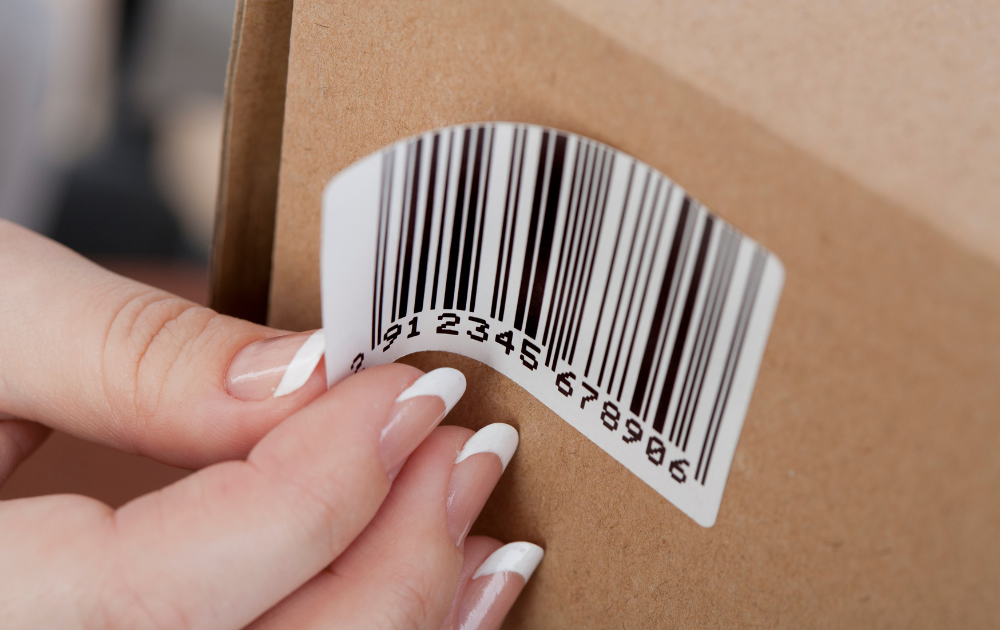While in the past thermal transfer printing was the most widely used printing method, direct thermal labels are now preferred for a variety of applications in multiple industries. This happens because they bring users a range of benefits that help streamline business processes.
What is direct thermal printing?
Direct thermal (DT) printing is a specialized printing process that uses a thermal print head that heats areas of the paper coated with a thermosensitive layer. The paper is chemically treated to change color when exposed to heat so that in contact with the thermal print head, the heated areas react and create the desired image.
Some direct thermal printers can produce images in two colors (usually red and black). These units expose the thermal paper to two different temperatures
What are the main advantages of direct thermal labels
Printing is much faster: not sure what a direct thermal label looks like? Think of the receipts you get at the petrol station after filling up. Petrol stations use this type of label for a very good reason: the printing process is extremely fast, taking just a few milliseconds to thermally print a receipt.
The speed of a thermal printer printing thermal labels is very important, especially in large-scale applications such as printing hundreds of shipping labels. With thermal labels, 100 shipping labels can be printed in just a few minutes, unlike with conventional printers, where the process takes longer.
They’re more accurate: direct thermal printing doesn’t require ink, which makes the resulting image much more accurate, with no smudges or smearing. That’s why direct thermal printers and labels are used to print EKGs. They need to be very accurate so that the doctor can read them correctly.
They’re more economical: direct thermal printers have two important features that help protect your company’s budget: they don’t use a ribbon and they don’t have moving parts that deteriorate over time and require regular replacement. The only thing you need to do is keep the print head clean.
They’re more reliable: imagine the printer breaks down just as you’re printing a series of labels you need immediately. With a direct thermal printer, the likelihood of this event is very low. Because they have no moving parts, the chances of labels getting stuck in the printer are much lower. Also, because there are no moving parts, there are fewer things that can go wrong with a direct thermal printer.
They’re more sustainable: using direct thermal labels helps your company be more eco-friendly. This is because direct thermal printers don’t use ribbons or ink cartridges.
How long do direct thermal labels last?
Printed labels created using the direct thermal printing method are suitable for short-term applications. They last for a short time (usually six to nine months), depending on the type of label material and the application environment. Because label materials are sensitive to heat, continuous exposure to heat and ultraviolet (UV) light will cause the printed image to fade over time.
If you’re still not sure what type of labels you need for your processes, you can email us at comenzi@zinta.ro, and one of ZINTA’s consultants/advisors will help you make the right choice.



